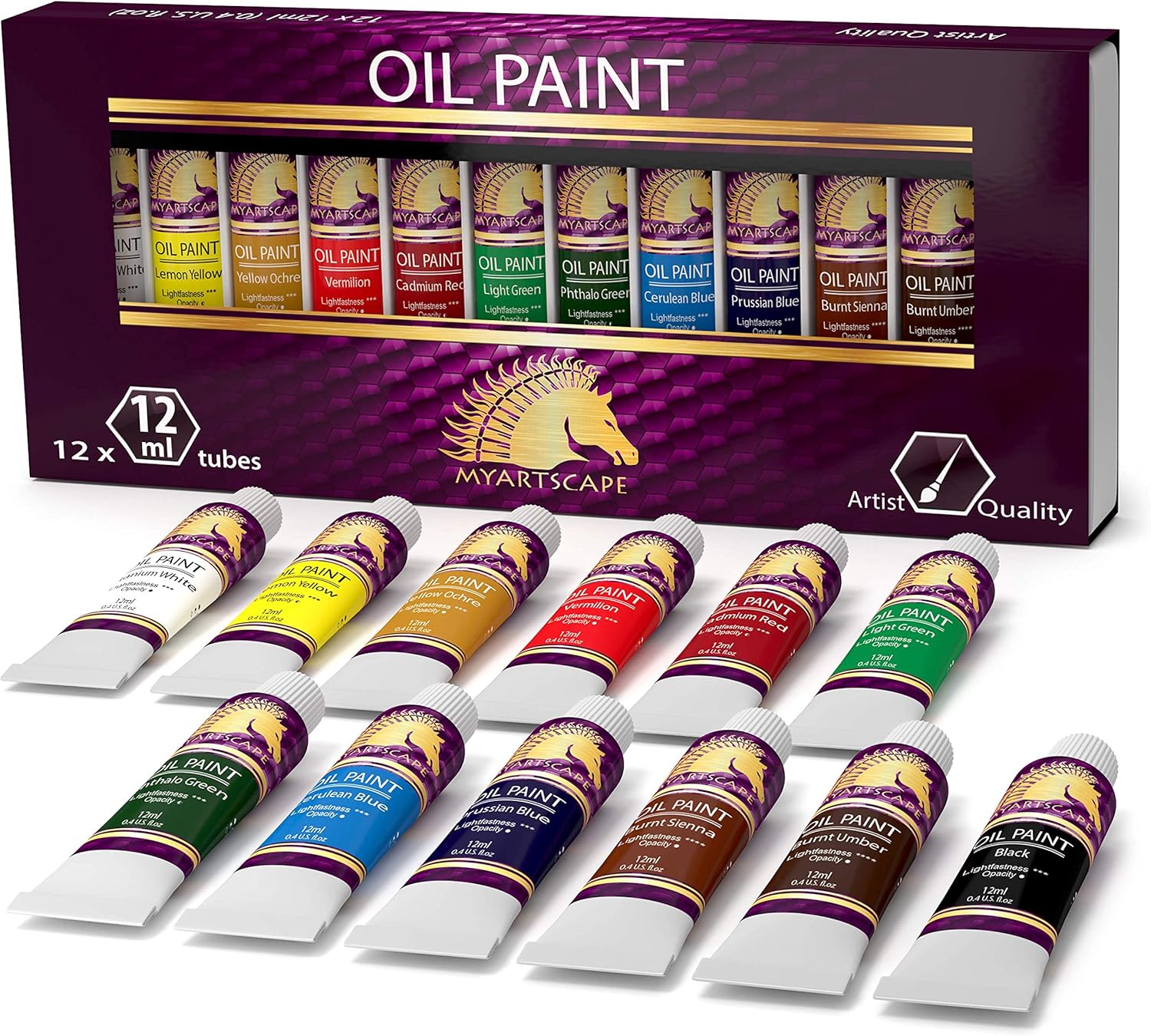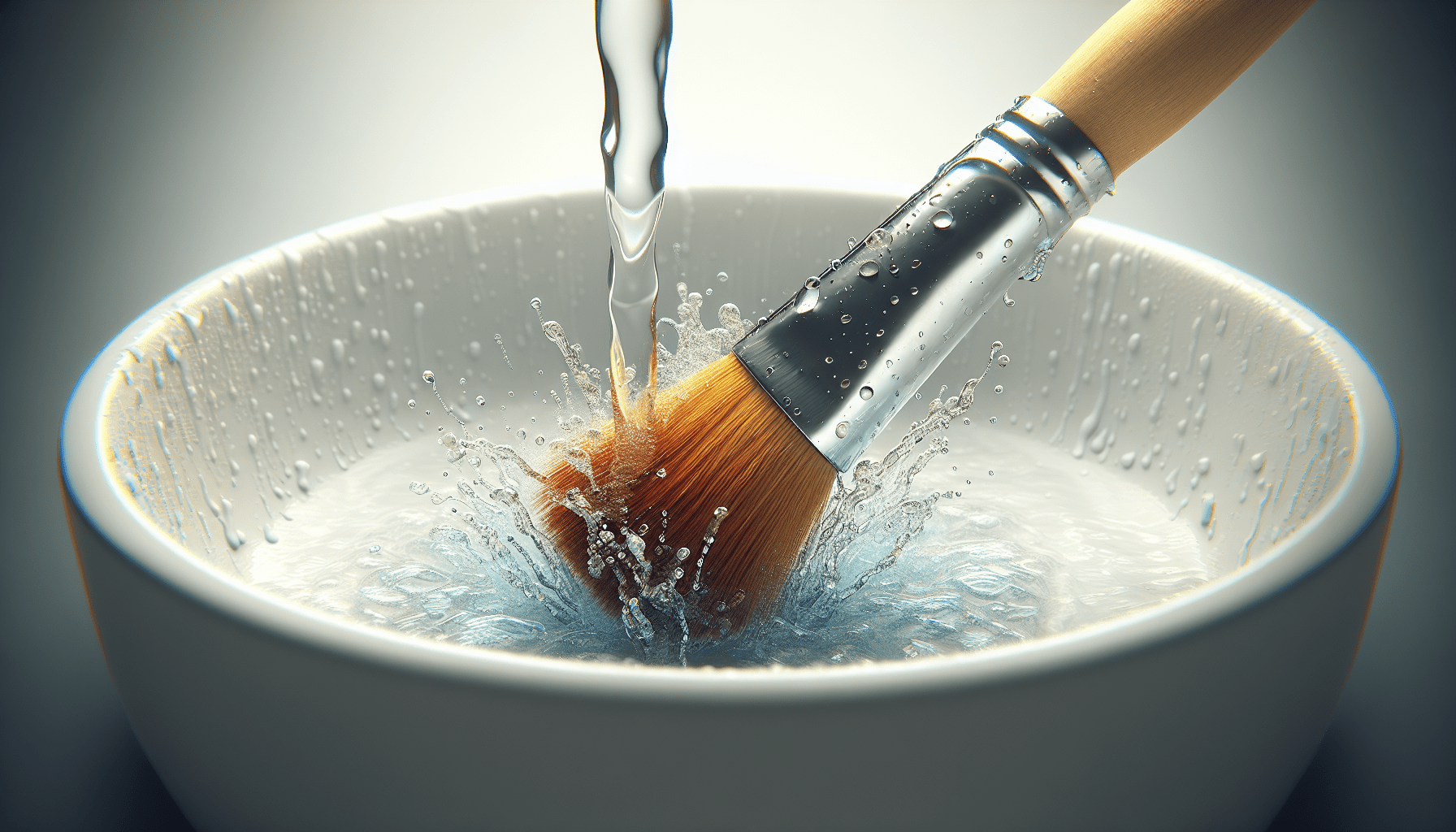The art of painting requires not only skill but also adequate maintenance of your tools, including brushes. In the article “How to Store Oil Paint Brushes Between Coats,” you’ll learn the importance of properly storing brushes between layers and discover effective methods to preserve your oil paint brushes’ lifespan and quality. The nuances include environment control measures, safety precautions, and resourceful steps, all of which will help maintain the integrity of your brushes while ensuring they remain ready for your next work of art. This maintenance routine can be a game changer in your art-making process, adding an extra edge to your technique.
Materials needed
Before you begin the process of storing your oil paint brushes between coats, there are a few materials that you will need to gather. These include a clean cloth or paper towel, rubber bands or hair ties, and a plastic bag or wrap. The clean cloth or paper towel will be used to absorb excess paint from the brushes, while the rubber bands or hair ties come in handy when securing the protective cover around the bristles. Lastly, the plastic bag or wrap should be used to store the brushes, ensuring they don’t dry out before your next painting session.
Removing excess paint
The first step in the process is to carefully remove the excess paint. This step should not be overlooked as it significantly helps in maintaining the quality and longevity of your brushes. To remove the excess paint, first, use a cloth or paper towel and gently wipe off as much paint as possible. If the paint has dried on the brush, you might have to apply a bit more pressure. Be sure to repeat this process until the brushes are relatively clean. The aim here is not to make the brushes perfectly clean, but to ensure that the majority of the excess paint has been removed.

Cleaning brushes
Once you’ve removed the majority of the paint, it’s time to make use of paint thinner or mineral spirits to clean your brushes thoroughly. These solvents work well in breaking down oil-based paint and are also handy in removing hardened paint from brushes. Immerse your brushes gently in the solvent and swirl them around a little. This should dislodge any remaining paint. You might need to repeat this process until no more paint is coming off the brushes. Always remember to be gentle to avoid damaging the bristles when cleaning.
Drying brushes
The next step is to dry the brushes. This can be achieved by gently squeezing out any excess solvent, taking care not to apply too much pressure on the bristles since this can cause them to lose their shape. Following this, wipe the brushes with a clean cloth or paper towel to get rid of any remaining solvent. If you notice that the bristles are losing their shape, don’t panic. You can easily reshape them using your fingers.

Preventing bristle damage
One of the critical aspects of maintaining your brushes is preventing damage to the bristles. This is achieved by covering the bristles with a protective cover such as a brush protector or even a piece of paper. Securing the cover with rubber bands or hair ties will ensure that it stays in place. Doing this will help in maintaining the shape of the bristles as well as prevent any form of damage from environmental factors.
Storage options
When it comes to storing your now clean and dry brushes, one of the best options is to place them in a plastic bag or wrap them in plastic wrap. Make sure the bag is sealed or the wrap is tightly secured. This way, you reduce the chances of air getting in and drying out the bristles. A plastic wrapper with a good seal also prevents dust and other particles from settling on your brushes.
Avoiding contact with other brushes
To further protect your brushes, it’s advisable to store each brush separately to prevent the bristles from touching. This can be achieved by using individual bags or sections in your storage case. Avoiding contact between brushes will prevent the bristles from getting damaged or misshaped by other brushes.
Storing brushes horizontally or vertically
Another thing to keep in mind when storing your brushes is whether to store them horizontally or vertically. If you have the space, laying them flat on a clean, dry surface is a good option. This prevents the bristles from bending or being squished against other surfaces. If space is limited, you can also store them vertically, but ensure the bristles are facing up. This will help maintain the shape of the bristles. The choice between the two methods will depend on what’s more convenient for you.
Avoiding extreme temperatures
For the best preservation of your brushes, avoid storing them in places with extreme temperature variations. Extreme hot or cold temperatures could damage the bristles and could also negatively affect the quality of the paint remaining on the brushes. It’s best to find a cool, dry place to store the brushes.
Regular maintenance
Regularly cleaning and properly storing your brushes after each use will extend their lifespan and ensure they continue to perform optimally. Develop a good habit of taking care of your brushes. Try to instill a routine that includes the removal of excess paint, a thorough cleaning, proper drying, and storage. This routine will ensure that you’ll always be ready to start your next masterpiece, with brushes that are in the best possible shape.



